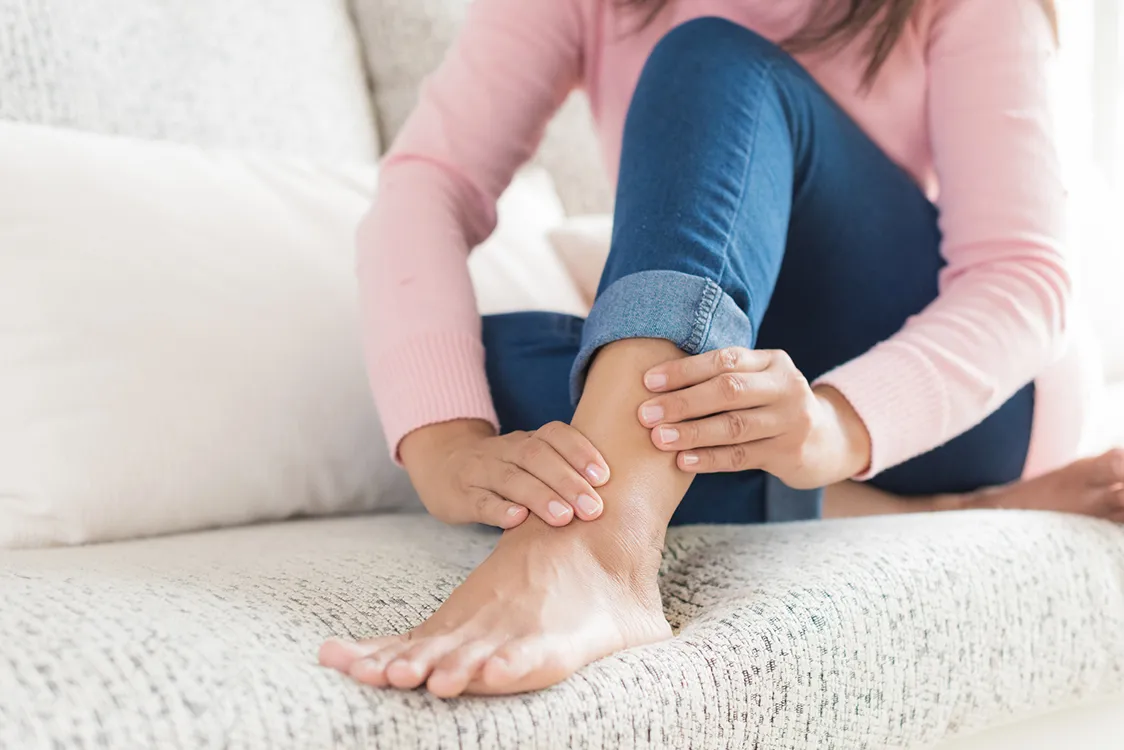While myositis patients are advised to take certain medications, we also recommend they engage in physical therapy, including regular exercise, stretching, and yoga asanas. Because these material activities help prevent muscle loss and keep muscles strong and flexible:
Dr. Satyanarayana
Myositis is an autoimmune disease that affects the muscles and in some cases, may result in severe weakness.
Samantha is receiving treatment for her illness in Hyderabad, where medical professionals said that while myositis might not be dangerous, it could be stressful. Myositis is curable, and with consistent medication, appropriate exercise, a healthy diet, and an active lifestyle, one can lead a normal everyday life.
Exercise is crucial in the management of myositis, says Dr. Sharath Chandra Mouli, Consultant Rheumatologist, KIMSHospitals.
“All forms of myositis can be effectively treated with exercise. It can boost energy, lessen fatigue, and increase or restore muscle strength. Myositis can be effectively treated with physical therapy and exercise. Maintaining gentle movement of the muscles and joints is crucial. By doing so, the joints are prevented from stiffening up and taking on a fixed position, “he said.
The proximal muscles are typically affected by myositis, making it difficult to stand up from a sitting position and lift objects higher than shoulder level. Children, people in their 40s and 50s, and women are more likely to experience this. Other age groups may rarely share this. A particular virus’s myositis can sometimes be more painful.
The use of steroids and statins may also result in myositis. The standard of care for myositis includes steroids and medications that modify the disease. There are biological therapies for this as well. In some extreme cases, IVIG can be administered as a treatment. Dermatomyositis affects the skin in this situation. Muscles are impacted in polymyositis cases. There is a possibility of lung fibrosis in one variety of myositis.
It might be challenging to determine the exact cause of myositis. In most cases, the reason is never known, according to Dr. B. Kishore Reddy, orthopaedic surgeon and orthopaedic oncologist at Amor Hospitals.
“For this very reason, this illness is classified as an idiopathic variant. While it typically affects the arms, shoulders, legs, abdominal muscles, and spinal muscles, symptoms can also include muscle pain, fatigue, and swallowing difficulties. Some patients even struggle to stand up, climb stairs, or lift weights.”
According to the available treatment protocols, even myositis-related complications are clinically managed using steroids and immunosuppressive medications, like in the case of rheumatoid arthritis, according to Dr. Satyanarayana, Consultant Orthopaedic Surgeon, Aware Gleneagles Global Hospital.
“While myositis patients are advised to take certain medications, we also advise them to engage in physical therapy, which includes regular exercise, body stretching, and yoga asanas. Because these physical activities help maintain muscles’ strength and flexibility while preventing muscle atrophy, as it is known in medicine.”
“The term “myositis” refers to a collection of uncommon diseases. Weakness and muscle pain are the main signs and symptoms. Usually, over time, this slowly deteriorates. You might also stumble a lot, fall a lot, and get exhausted after standing or walking. You should visit a general physician if you experience any of these symptoms. Myositis is typically brought on by an immune system issue where the body mistakenly attacks healthy tissue. Polymyositis and dermatomyositis are two types of myositis, “said Dr. Prathyush, a consultant orthopaedic surgeon at Century Hospitals and a joint replacement surgeon.
Myositis is an autoimmune disease affecting skeletal muscles, more so proximal joints like the shoulder and hip, according to Dr. Narasimha, Sr. Consultant Orthopaedics, SLG Hospitals. “It can also be brought on by viral infections or develop alongside other autoimmune diseases like lupus or rheumatoid arthritis. Sometimes the heart, blood vessels, skin, and nails can all be affected. Muscle enzyme levels in the blood may be elevated in addition to a clinical examination, and muscles may exhibit abnormal electrical activity. It is also done to biopsy muscles. Immunosuppressants, immunoglobulins, corticosteroids, or a combination of these are frequently used as treatments.”





